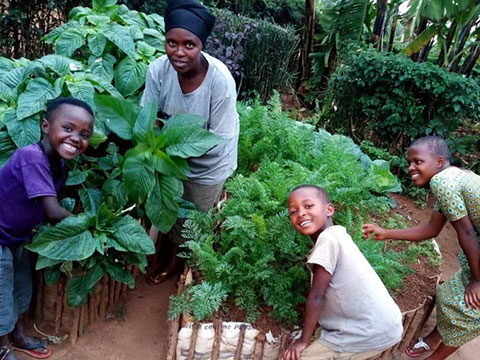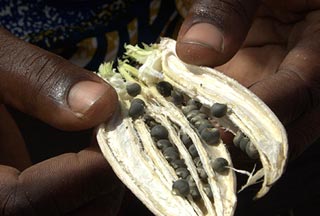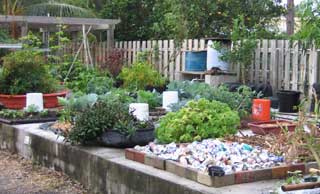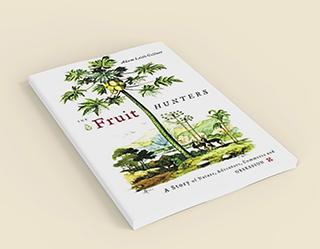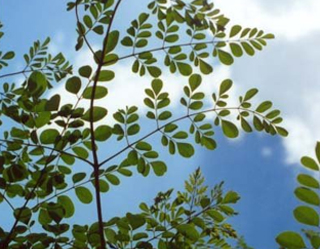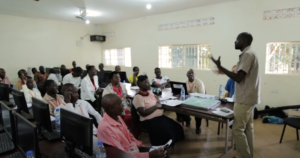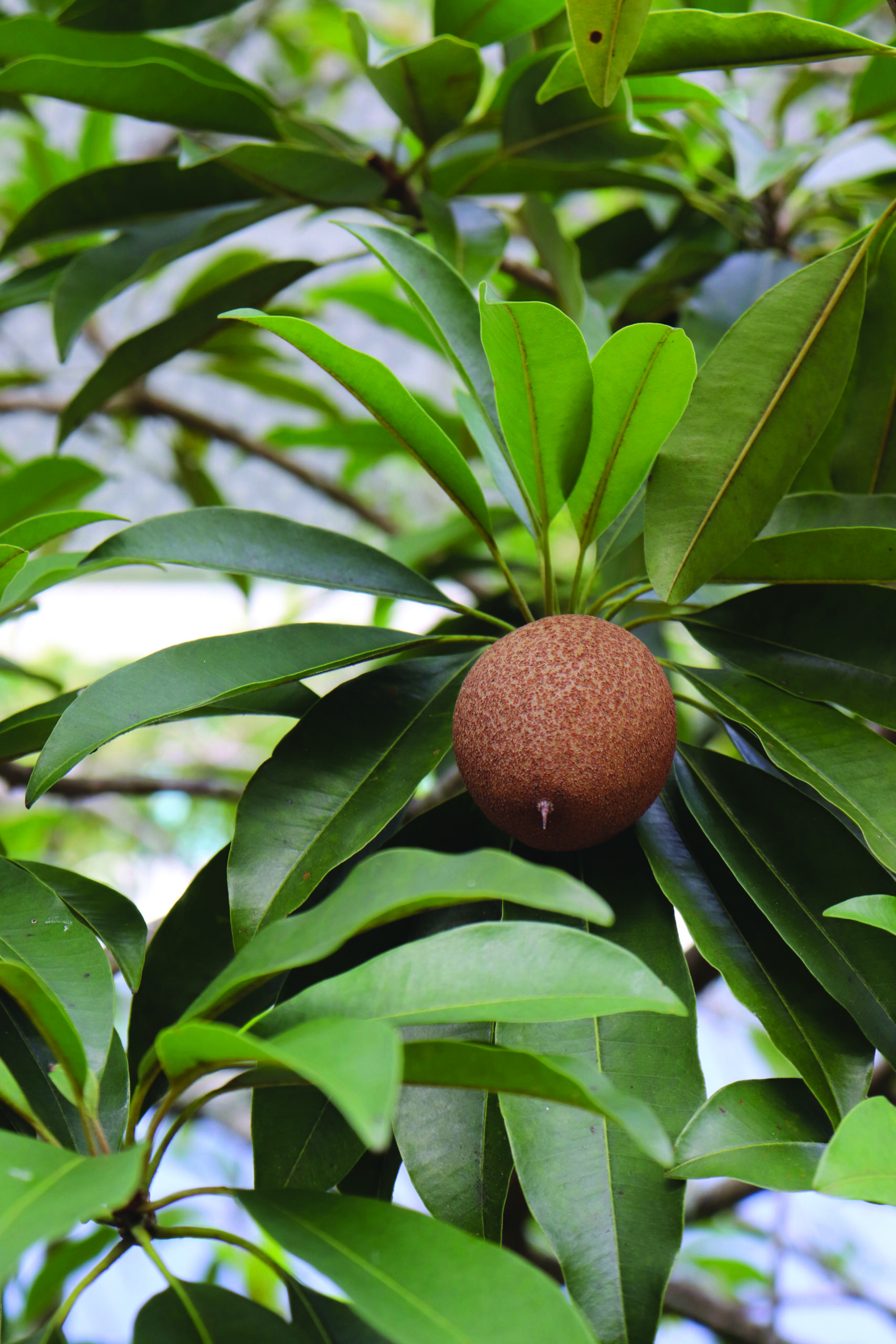The sapodilla, Manilkara zapota, or naseberry has been described as being a “maple sugary pear.” The fruit is small to medium-sized, (5 to 10 cm in diameter), egg-shaped, and coated with sandy brown scurf. The tasty flesh is eaten fresh or as a dessert in shakes, fruit salads, and ice creams.
Sapodilla makes a striking addition to a landscape. It is slow-growing, evergreen, and long-lived, and can reach heights of up to 40 ft with a dense spreading canopy.
This tropical fruit tree is as practical as it is beautiful. It has proven itself well-adapted to very poor soils and thrives in the saline soils of southwest Florida. It is tolerant of dry conditions and salt spray. A sturdy branch structure makes the sapodilla resilient even in hurricane winds. Pruning is not necessary. Mature trees can withstand temperatures as low as 26°F.
Furthermore, the sapodilla remains supremely healthy with little or no care. There are very few pest problems and disease is rare. You can purchase a Sapodilla tree or fruit (seasonally) at ECHO’s Welcome and Resource Center!
Photo by Shmily Digital Photography on Unsplash
